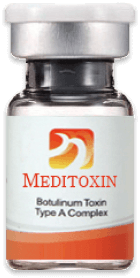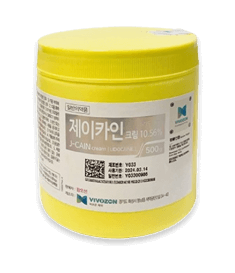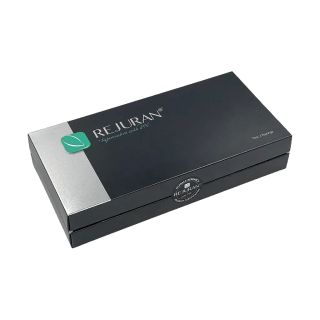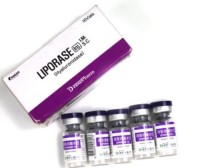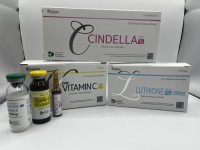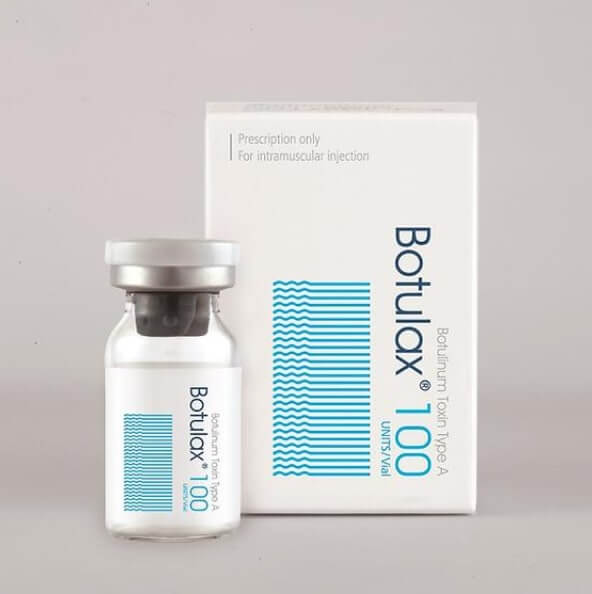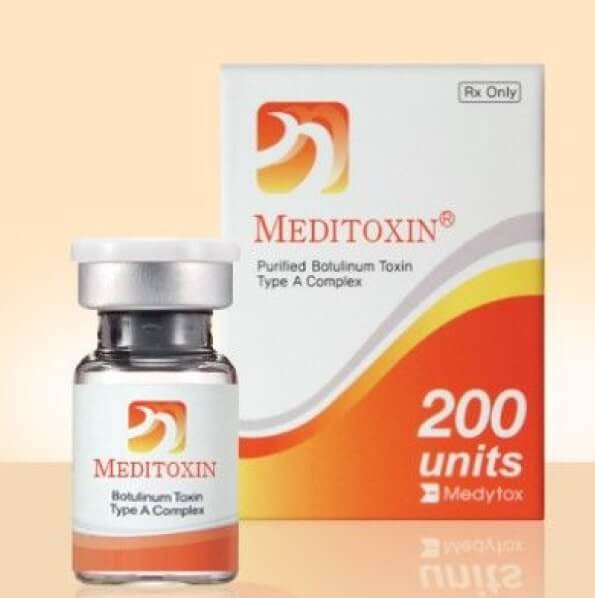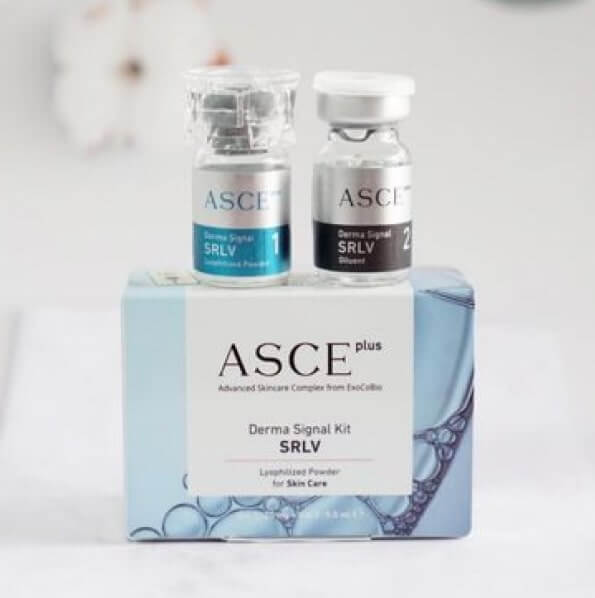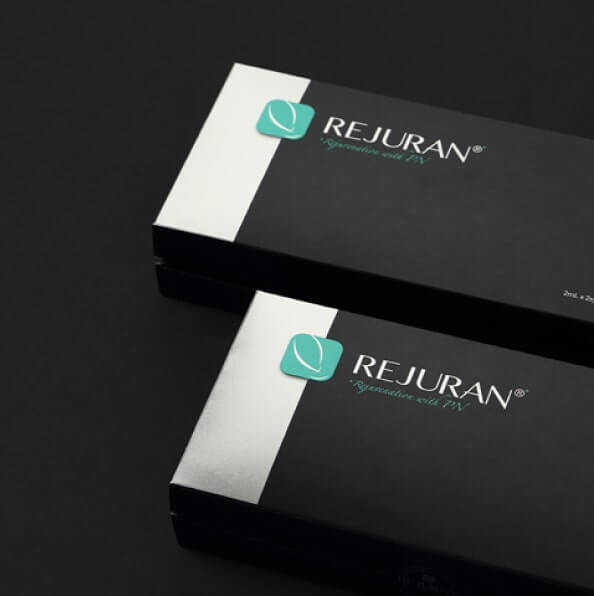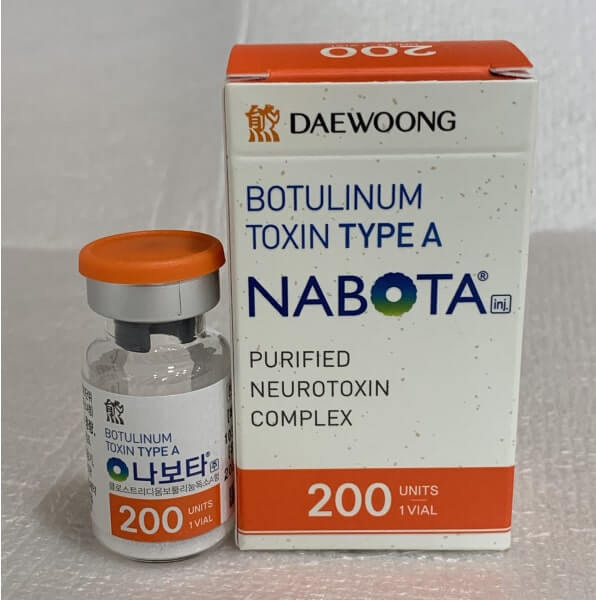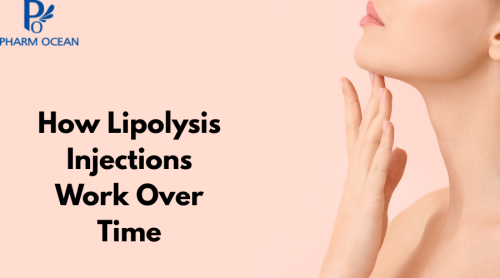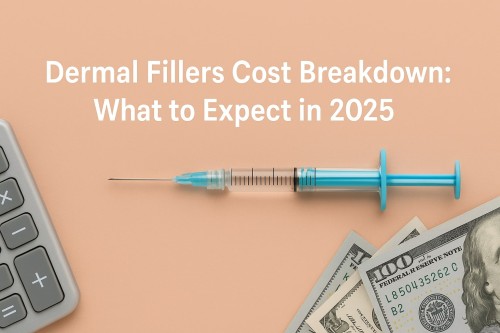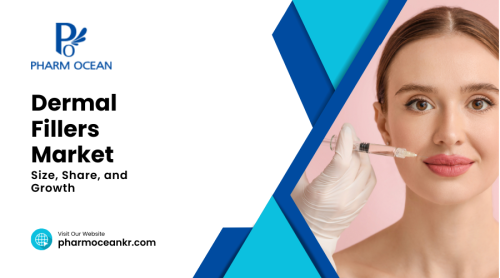 Admin
Admin
Lipolysis means the breakdown of lipids or fats in the body. Lipolysis injections (also referred to as fat-dissolving injections) contain specific agents among which deoxycholic acid-the synthetic equivalent of what is normally produced in the body-is the most preferred agent used for this purpose. Deoxycholic acid damages the membrane of fat cells, resulting in the death of adipocytes, and these dead fat cells are then further eliminated by the body via the lymphatic system. Once injected, these injections are introduced directly into the subcutaneous fat beneath the skin. Those particular areas are often resistant to diet and exercise. Therefore, lipolysis injections can be very helpful under the chin (double chin), love handles, bra bulges, and inner thigh areas. Lipolysis is therefore much less invasive and more approachable for fat reduction as opposed to liposuction, which requires excisions and anesthesia. Treatment Process and Result Expectations Results take time to manifest. The result from lipolysis injections, as a matter of fact, will be very slow to develop, gradually over a few weeks and several treatments. Here's what to expect with your first treatment: Once the injections have been administered, having mild swelling, redness, and discomfort in the treated area is normal to experience. The inflamed skin area indicates that the deoxycholic acid is now starting to dissolve the fat cells. Slight firmness or tenderness may be felt but is gone by the end of the week. In the following weeks, the immune and lymphatic systems are active in clearing away the destroyed fat cells. Physical changes that are the actual result of lipolysis procedure only starts to become visible in third or fourth week after the session and even then they are subtle. However, there is no fixed timeline and results vary considerably depending on the particular metabolism of the individual and the area treated. The fat reduction is gradual; as it continues, you should progressively notice this improvement to be more pronounced within the treated area with contouring and firmness. Most of the fat breakdown and absorption are completed about 6 to 8 weeks after the injection. At this stage, your doctor usually performs a follow-up evaluation to determine how satisfied you are with the results and whether any additional treatments are necessary to achieve your desired aesthetic results. How Often to Get Lipolysis Injections? The frequency of lipolysis injections may depend on several factors: the area being treated, the volume of fat that requires treatment, and the desired outcome of the patient. Most protocols call for multiple sessions, scheduled regularly. In the table below you can see the time and sessions required for effective fat loss in various body areas. Body Area Typical Number of Sessions Interval Between Sessions Notes Chin (Submental Fat) 2 – 6 sessions Every 4 – 6 weeks Most common area for lipolysis; visible results often after 2–3 sessions. Abdomen 4 – 8 sessions Every 4 – 6 weeks Larger fat volume may require more sessions; combined with diet/exercise for best results. Thighs (Inner/Outer) 4 – 8 sessions Every 4 – 6 weeks May be treated in sections to avoid swelling or discomfort. Upper Arms 3 – 6 sessions Every 4 – 6 weeks Suitable for mild to moderate fat; good skin elasticity improves results. Flanks (Love Handles) 4 – 6 sessions Every 4 – 6 weeks Responds well to injections; visible shaping after 3–4 sessions. Back (Bra Bulge) 3 – 6 sessions Every 4 – 6 weeks A less commonly treated area but responds well in localized fat pockets. Knees 2 – 4 sessions Every 4 – 6 weeks Delicate area; fewer sessions often needed. Note: Actual frequency may vary based on individual fat volume, body response, and treatment goals. Always consult a licensed practitioner for a personalized plan. The frequency of lipolysis injections may depend on several factors: the area being treated, the volume of fat that requires treatment, and the desired outcome of the patient. Most protocols call for multiple sessions, scheduled regularly. Because the changes will constantly improve over the weeks after the final treatment session during which the body completes the breakdown and removal of fat cells, lipolysis results last for a long time as fat cells are permanently destroyed, even nurtured with stability of weight from the patient. How Long Do Lipolysis Results Last Once the treated fat cells are metabolized from the adipose tissue and removed (undergoing lipolysis), they cannot regrow again in that specific area. In this way the fat loss can therefore be said to be permanent. The results from lipolysis injections can be lasting (long-term), particularly in conjunction with a healthy lifestyle. This does not, however, mean the area is now ‘fat-proof’. If someone were to gain weight (significant weight) thereafter, the remaining fat cells in the area could expand, negating and/or reversing the aesthetic benefit. After finishing the treatment course, most clients report satisfaction with their results. Treated areas exhibited more definition, smoother surface, and better aesthetics (proportional) to remaining areas of the body. Most people return to work after a day or two since the nature of the procedure does not involve surgery, and no scars are produced or implied. Meaning the majority of the downtime post-treatment is minimal. Lipolysis Treatment Side Effects While lipolysis injections are generally safe when done by professional injectors, milder side effect are common. There may be swelling, bruising, firmness, redness, and numbness in the treatment area. These are typically temporary and will resolve on their own. Rare complications of lipolysis injections may include uneven fat reduction or lumpiness, but these can almost always be remedied with additional care regardless of whether they came from lipolysis or another provider. Patients also need to be aware that the final result is not immediate and change will occur gradually. Any patient expecting immediate results may be disappointed at first, but with more sessions, and more time, the expected result will ultimately appear. Conclusion Lipolysis injections are a powerful, non-surgical alternative to surgical fat removal because they intentionally work over time to remove unwanted, stubborn fat in the body, providing a very gentle natural look of reduction, as opposed to surgical removal that will be rapid and probably needs to drop 5-10 lbs to go from size 14 to 8 Lipolysis injections are also remarkable in the way the timing of the series of each treatment is designed, so that the body will first do its normal initial inflammation, in which it can still be visualized as inflammation, but each week through a series of treatments, the skin and fat layers and the body as a whole will be working to gradually remove the unwanted fat cells. Ultimately the previously defined contour will emerge and provide more confidence for the patient. By understanding how lipolysis works, and how it removes fat over time: initial inflammation and then fat elimination, we can better inform patients and potentially help patients in the future manage expectations. The treatment takes time and effort, but if a patient commits to treatment, the end results are the rewards that come from a slimmer, more sculpted look without the need for surgery.




